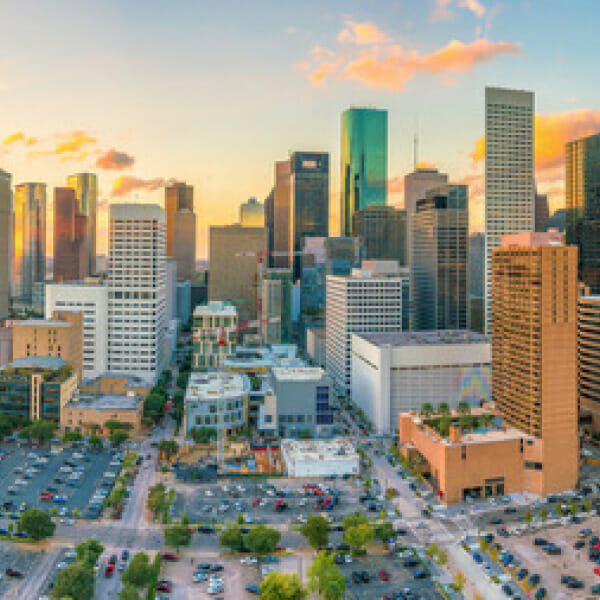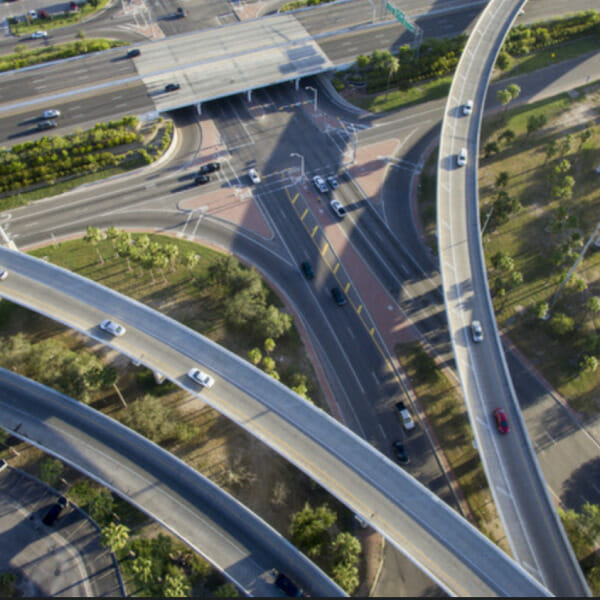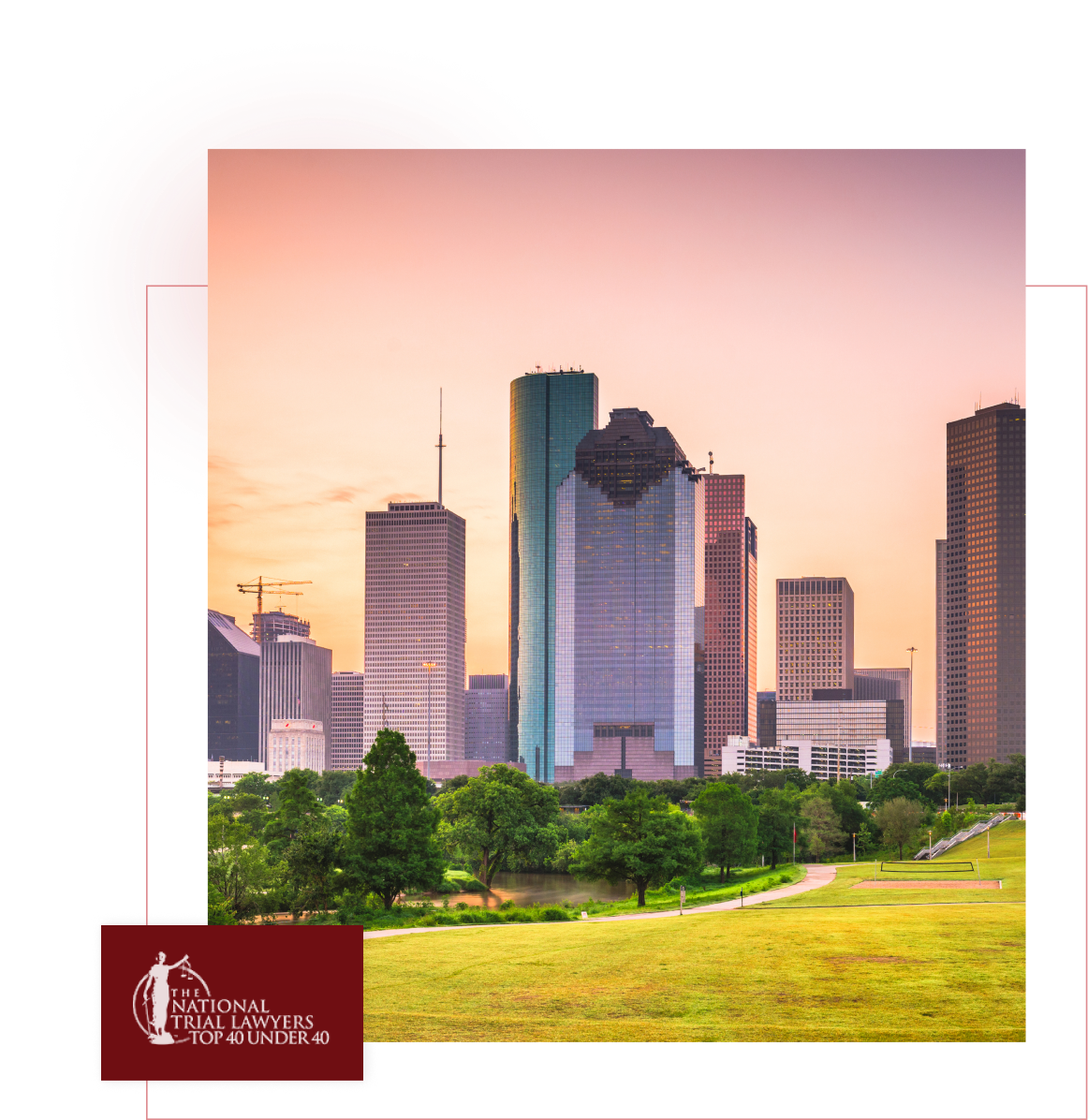If you are involved in a car accident but were not injured, you may be wondering "What To Do After A Non-Injury Crashes?" Read on to learn about how to file a claim and how to protect yourself. First, you should never apologize, offer to pay immediately, or promise to not involve insurance. Never sign any documents unless you have been ordered to do so by the police. If possible, take pictures of the accident scene and write down the details of the accident. Keep calm, but be polite and try to exchange information.
The most important thing you can do after an automobile crash is to stay as calm as possible until medical professionals arrive, which should take no longer than 15 minutes if your car only has minor damage (for example, a broken window or cracked windshield). If there are any injuries at all, call 911 or head straight to the nearest hospital emergency department for the treatment of those injuries. While waiting in the parking lot of the ER, don't move out from behind the wheel unless absolutely necessary; leaving the scene could further endanger yourself by obstructing traffic. Once you're safely away from the accident site, pull over where it's safe...and be prepared to answer some questions about what happened!
If you have time before going into shock, keep the vehicle running while getting your own information, writing down insurance info, etc.; then turn off the engine once help arrives. Your first priority must be to get checked out - even if it takes several hours, because if you weren't hurt severely enough to make it.
After you've been in an accident, it's important to assess your situation so that you can call for help if needed. The first thing you should check is whether anyone needs medical attention. If not, then you need to take care of yourself as well. You'll want to make sure no one else was injured in the incident and notify the police about what happened. This way they can keep track of any potential evidence at the scene.
The first step after an accident is to stop at a safe place. You must stop completely, or have enough time to do so before someone runs into you from behind! Get out of your vehicle as soon as possible. Don't get back into an accident scene unless you're in an emergency situation (like if there's another damage). Look around for any injuries that may be yours; look for visible cuts, abrasions, broken bones, blood, and swelling. Make sure no one else is hurt.
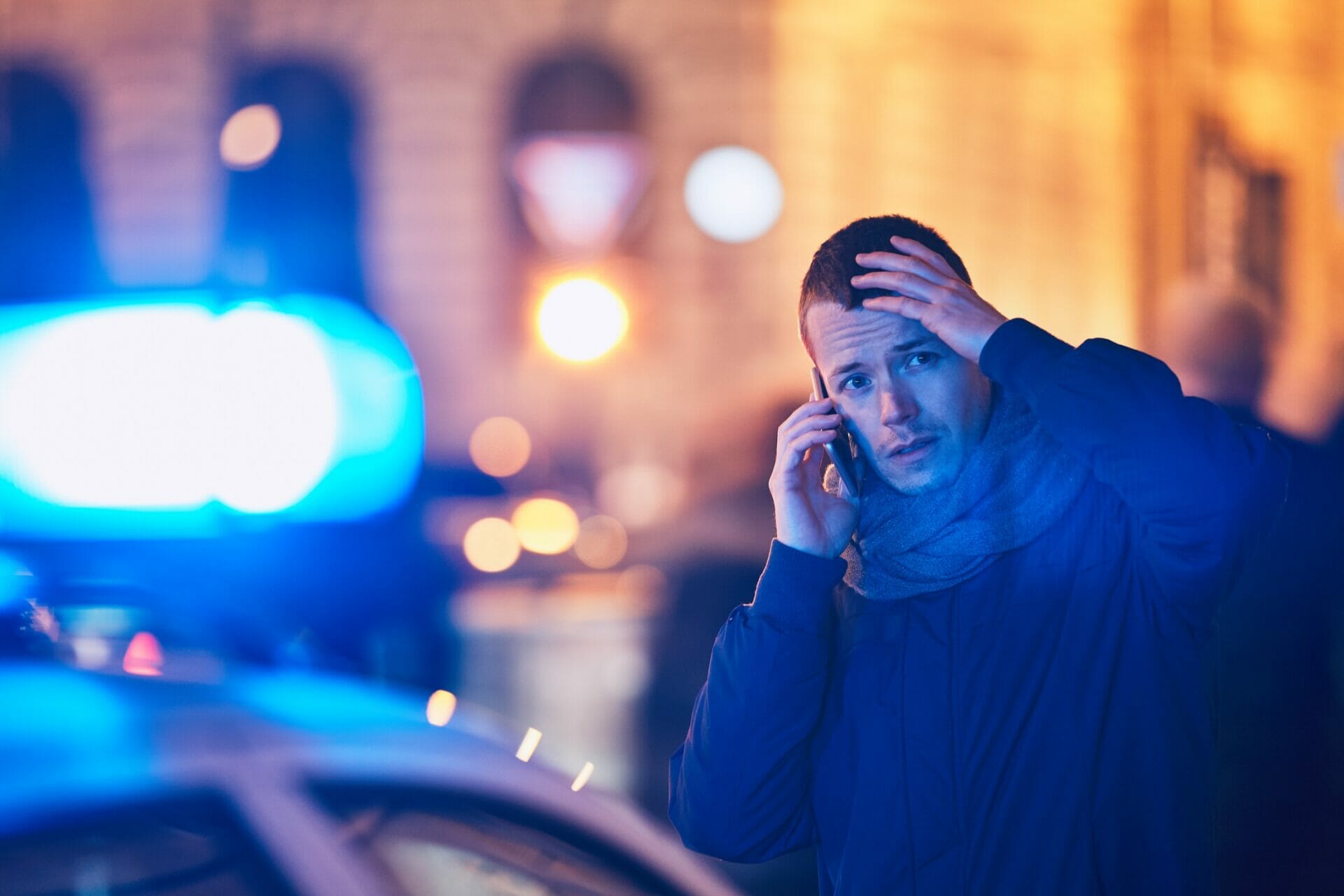
Whether you're involved in an injury or no-injury car accident, you should always get the other driver's insurance information and contact information. If the other driver is unwilling to exchange this information, you should try to get the information from a witness. You should also take pictures of the scene of the crash and write down the details of the accident. These details may prove useful later in court.
Obtain the insurance information of the other driver if you can. Make sure to capture the company name, policy number, and address. Make sure to photograph any damage to property in the accident. If you're unable to locate the other driver, try to get their contact information from a nearby gas station or convenience store. The police report will be important to your insurance company and could make the difference between a successful claim and being denied.
If you've sustained any injuries, call law enforcement immediately. In some cases, you may not even believe that you've sustained injuries in an accident until days or even weeks later. This is why it is so crucial to contact law enforcement right away. If you think the other driver was at fault for the accident, you may later discover that they've suffered injuries as well. As a result, it's important to file a police report for your own protection.
Getting information from other drivers after a crash is critical if you want to protect your rights. Make sure to gather all evidence. In some states, it's legal to move your vehicle from the crash scene. However, make sure to check the laws in your state before making any changes. Also, make sure to contact your insurance company right away. You never know when you might need to use this information to prove your case.
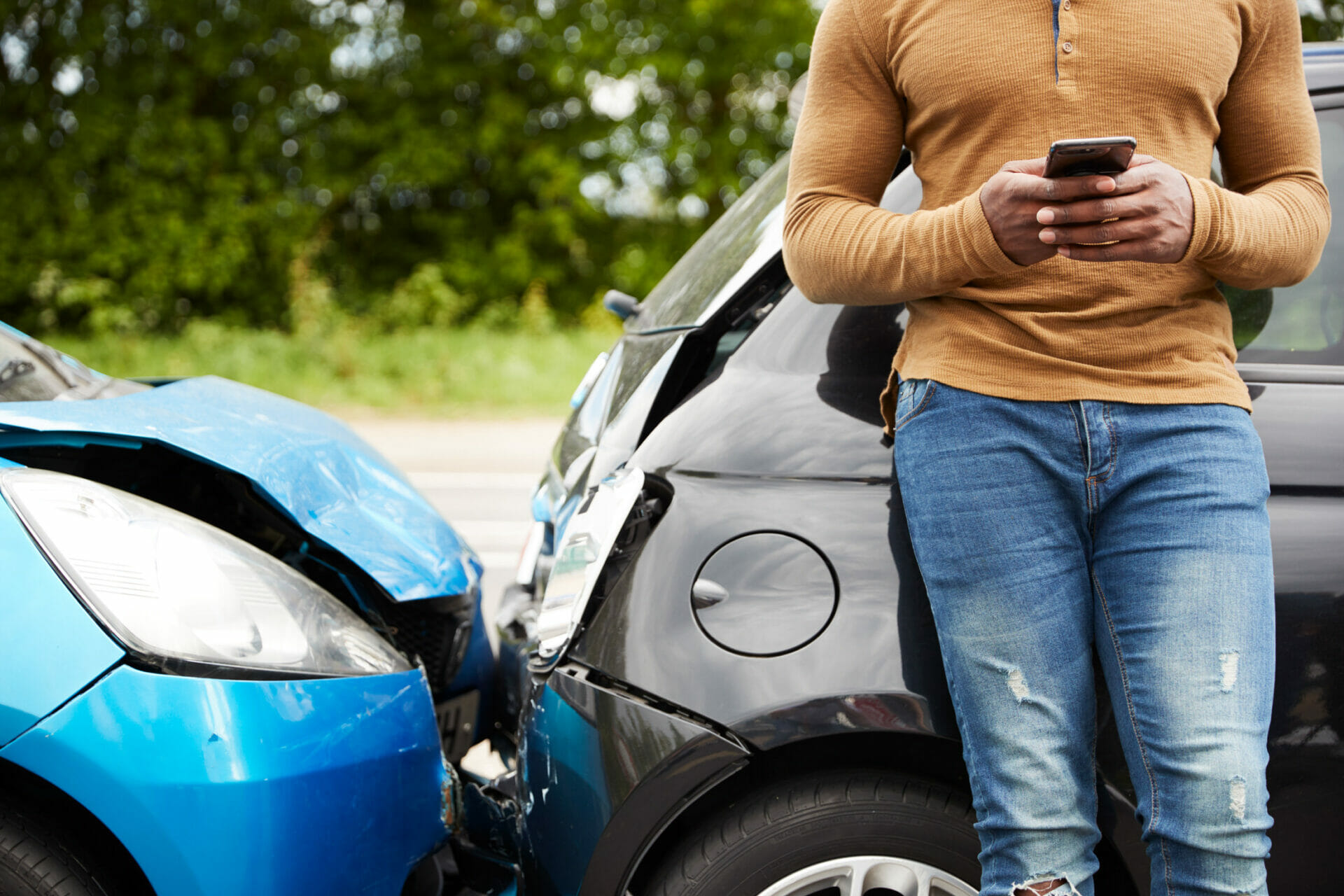
The scene of a car accident is a vital part of any accident report. It's not easy to remember the details of an accident, so take pictures of the damage to your car, and other vehicles, and any visible injuries. Photos can also be useful for insurance claims and legal purposes later on. Taking pictures of the damage in the aftermath of a crash can help you prove your side of the story in court.
Taking pictures of damage and debris at the scene of an accident can prove to the insurance adjuster that the driver was not at fault. Photos of skid marks on the road, for example, can show whether the driver was speeding or driving under the influence. Damage photos can also show the exact point at which the vehicles collided. Photos can help the insurance adjuster understand the extent of the damage and make them compensate you fairly.
If possible, take pictures of the scene of a car accident. The accident scene may look different at a later time, so it's a good idea to come back to the scene later. The weather may be different or the vehicles may have moved. However, you should take photos of the area, as well as the vehicles and property damage. Moreover, take photos of the road conditions and any traffic signals.
In addition to taking pictures of the crash site, it's important to take photos of the damage and its surroundings. Photos can help identify the contributing factors, such as obstructions on the road. Furthermore, if the accident involved a government agency, it may be partially responsible. You'll want to preserve photos of the area where the vehicles collided so that the accident is recorded.
If you are involved in a car crash but the other driver did not cause injuries, then it's your responsibility to get their insurance information as quickly as possible. Even if you don't need the information, it's important to gather it anyway. You can get their insurance information by asking them for their driver's license, registration, and insurance card. If possible, take pictures of these documents to reduce the chances of a mistake.
If you are able to speak with the other driver, you may have to get their insurance information. This information will be needed to file a claim. It's important to get the information as soon as possible after a crash, because soft-tissue injuries may take a long time to appear. However, if you are able to get their insurance information quickly, it's likely that the other driver has no liability.
If there are witnesses to the accident, make sure they get their names, contact information, and insurance information as well. The police and insurance companies will be able to determine fault based on the facts of the case. If they cannot, they may seek legal assistance to decide who is to blame. Insurance carriers will handle your claim and help you understand your coverage. If you don't feel comfortable talking to the other driver, you can always take a picture with your cell phone.

A car accident can be scary, but you should not panic or feel that your life has been put in danger because of it. Most cars are designed to protect people from harm when they collide with another vehicle. If no one was injured during an auto collision, then there probably wasn’t much damage done to either vehicle involved. In most cases, if someone gets out of their car after an accident, this means nothing more than minor scrapes or cuts. However, some accidents may cause injuries such as broken bones, whiplash, head trauma, internal bleeding, etc. Even though these types of accidents do happen sometimes, they are extremely rare. You should never assume anything about what happened at the scene of an accident until you have spoken directly with the police officer who investigated the incident. This way, you won't get any surprises later down the road.
If another driver hits you because they did not see their own car hit you, then contact the police immediately. They will want to know everything about what happened such as where it started, who was driving each car, and how fast everyone was traveling when it happened. This will help determine which party might be responsible and which could
A car accident statute of limitations is the amount of time a car crash victim has to file a claim against the at-fault driver's insurance policy. This law allows an injured party to claim compensation for medical bills and other accident-related expenses. However, the statute of limitations for filing a claim is short. The time period in Texas is two years. Here are some tips to help you make the most of your time.
First, you should know that the statute of limitations for filing a claim after a car accident is only two years. You may have a longer statute of limitations if the accident involved a child. Also, if you are the sole driver or passenger in the vehicle, you may be able to file a claim even more easily. Regardless, you should not delay filing a claim after the accident.
Besides protecting the rights of the accused party, statutes of limitations also keep courts from becoming crowded with excessive claims. Additionally, evidence and physical proof degrade over time, making it difficult for the injured party to prove his or her case. If you wait too long, the defendant will be forced to worry about your car crash claim for decades. Fortunately, there are some ways to beat this statute of limitations.
In New York, the statute of limitations for filing a car accident lawsuit varies depending on the type of injury caused. If you sustained an injury in a crash that was not your fault, you have up to three years to file a lawsuit. In addition to this, the statute of limitations for filing a claim after a non-injury crash can also be shortened.
Whether you're a driver or a passenger, you're responsible for your actions during an accident. Immediately contact your lawyer after an accident to discuss what happened. Rose Sanders Law is a law firm that discusses ways to go about recovering from the injuries you sustained during the accident. We can also talk with you about what steps you should take after an accident. The main thing to remember is to gather all the appropriate information and utilize our services to help you get the compensation you deserve. You shouldn't make any decisions without getting our expert advice first.
1 Greenway Plaza, Suite 100
Houston, TX
77046
(713) 561-5062
https://www.rosesanderslaw.com/houston-law-office
Dallas Location
3232 McKinney Avenue
Dallas, TX
75204
(713) 561-5062
https://www.rosesanderslaw.com/dallas-law-office
McAllen/Hidalgo County Location
3232 McKinney Avenue
Dallas, TX
75204
(713) 561-5062
https://www.rosesanderslaw.com/mcallen-law-office

